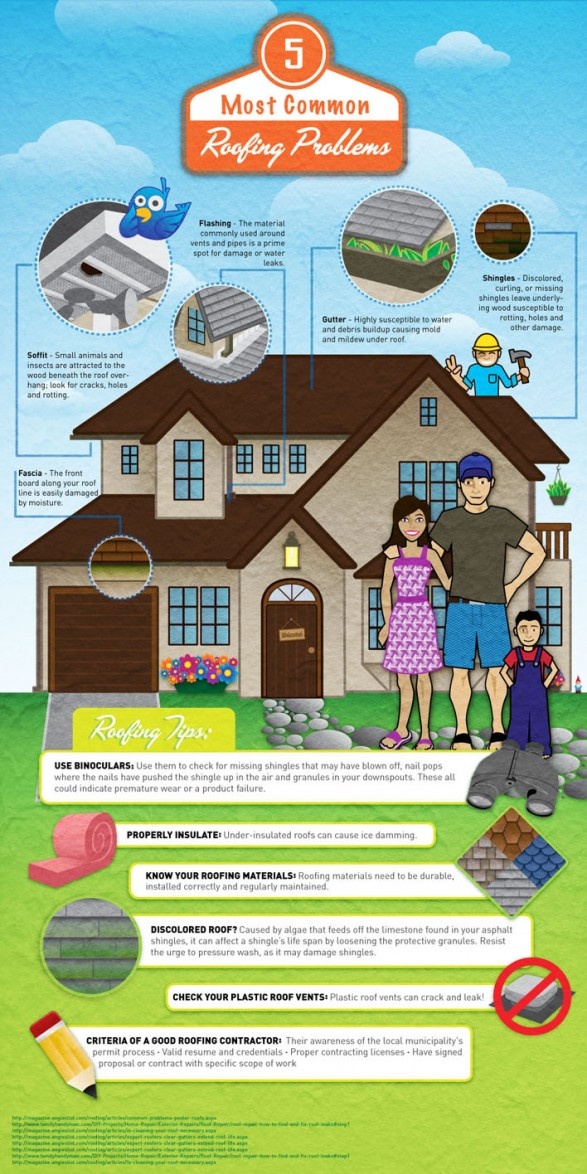Finding Roofing Damages Early To Stop Severe Complications
Finding Roofing Damages Early To Stop Severe Complications
Blog Article
Write-Up Created By-Wooten Lysgaard
To secure your home from possible expensive repair work, determining roof covering damage very early is important. By keeping an eye out for subtle indicators like missing shingles or water discolorations, you can capture concerns before they intensify. However what concerning roofing contractors in san antonio tx neglected locations that could mean concealed problems prowling over you? Remain tuned to uncover crucial ideas for spotting roof covering damage before it rises right into a major frustration.
Early Indication
Finding roof covering damage early can save you money and time. One key very early warning sign to keep an eye out for is missing or harmed shingles. If you see any kind of roof shingles that are split, crinkling, or completely missing, it's necessary to deal with the concern immediately. These harmed roof shingles can leave your roofing system prone to leaks and more damages.
One more indication to look for is water spots on your ceiling or wall surfaces. These discolorations can suggest a leakage in your roofing that requires instant interest. Disregarding these water spots can result in much more extensive and expensive repairs down the line.
Additionally, be on the lookout for any indicators of drooping or drooping locations on your roofing, as this might indicate structural damage that requires to be dealt with without delay.
Outside Assessment Tips
Frequently evaluating the exterior of your roof covering is important for maintaining its stability and determining prospective damages early. Beginning by examining the shingles-- try to find any missing, broken, or curling shingles, as these can be signs of roofing damage.
Examine the gutters for granules from the roof shingles, as too much granule loss may symbolize aging or weathering. Take notice of the flashing around vents, chimneys, and skylights, guaranteeing they're firmly secured and free of fractures.
Try to find indicators of moss, algae, or mold and mildew growth, as these can lead to roofing deterioration otherwise attended to promptly. In addition, examine the fascia and soffits for any water stains or rot, which could indicate water damages.
Last but not least, examine the total problem of your roof covering from the ground, seeking any type of sagging locations or visible dips. By carrying out these exterior evaluations routinely, you can catch roofing damage early and avoid it from becoming a significant problem.
Interior Warning
When inspecting your roofing for prospective damage, don't ignore the relevance of checking the inside of your home. Interior warnings can usually be early indicators of roofing system problems that need focus.
Start by examining your ceilings for any type of water spots or discoloration, as these can signal a leakage in the roof. Another vital area to inspect is the attic, where indicators of water damage, mold and mildew, or mold may suggest a roof covering trouble.
Pay very close attention to any kind of musty odors or a noticeable boost in humidity degrees, as these can also be indicators of water breach from a damaged roof. Furthermore, sagging areas in the ceiling or wall surfaces should be taken seriously, as they could be a result of water damage compromising the structure.
If siding contractors in san antonio tx discover any one of these interior red flags, it's critical to have a specialist roofer analyze the circumstance without delay to avoid further damage and pricey repairs.
Final thought
By staying attentive and consistently looking for early indication of roof covering damage, you can protect against small issues from turning into major troubles. Watch out for missing or harmed tiles, water stains on ceilings or walls, and any type of drooping or drooping areas on the roofing. By resolving these issues promptly, you can conserve on your own from expensive repair services and ensure your roofing system continues to be in good condition for years ahead. Stay positive and protect your home from prospective damages.
